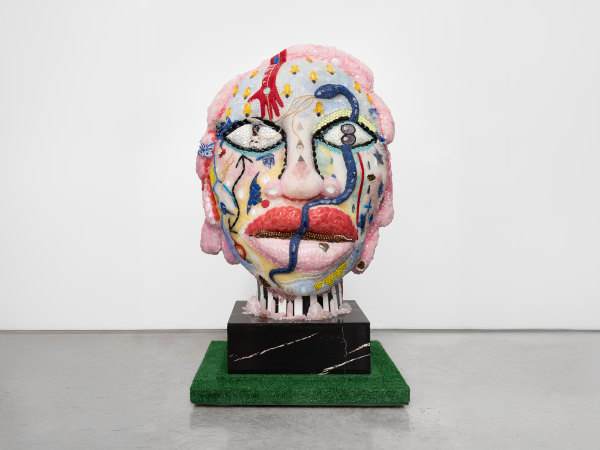Lee Krasner: Acquisition by Seattle Art Museum
-
 The Seattle Art Museum has acquired Lee Krasner's Night Watch (1960) as part of a transformative gift of art and funds from the Friday Foundation.
The Seattle Art Museum has acquired Lee Krasner's Night Watch (1960) as part of a transformative gift of art and funds from the Friday Foundation.
The landmark gift celebrates the legacy of Seattle collectors Richard E. Lang and Jane Lang Davis. In little more than a decade, they assembled one of the most significant private collections of Abstract Expressionist paintings and sculptures, augmented by two towering artists of post-war Europe.
The 19 works joining SAM’s collection are either leading examples from each artist’s mature work or mark important moments of artistic development; taken together, they represent a formidable archive of innovation that transforms the possibilities of SAM’s artistic program. The major gift of artwork is supported by dedicated funds that support care and conservation efforts that will benefit the entire SAM collection.
“This is a transformative moment for the Seattle Art Museum, and we are very grateful to the Friday Foundation,” says Amada Cruz, Illsley Ball Nordstrom Director and CEO of the Seattle Art Museum. “This gift to SAM, to Seattle, and the Pacific Northwest, reflects Richard’s and Jane’s lifelong passion and support for the arts. We are honored to be the stewards of this extraordinary collection and to share these artworks with the community.”
“This gift of all-star works will transform SAM’s collection of post-war artists from a beautiful collection of soloists into a symphony,” says Catharina Manchanda, Jon & Mary Shirley Curator of Modern & Contemporary Art. “In addition, the soaring paintings by Helen Frankenthaler, Lee Krasner, and Joan Mitchell will allow us to put the achievements of female artists of this generation front and center, while the paintings of Francis Bacon and the iconic sculpture by Alberto Giacometti are nothing short of game changers for SAM.” -
About the Artist

Lee Krasner
A pioneer among the first generation of Abstract Expressionism, Lee Krasner developed novel approaches to painting and collage for over half a century, demonstrating an endless drive for experimentation and reinvention. Widely recognized as a central protagonist among a cohort of artists that define postwar American painting, Krasner was subject to a critically-acclaimed major touring European institutional retrospective organized by the Barbican Art Gallery in 2019–21, followed by a solo exhibition at the Carolyn Campagna Kleefeld Contemporary Art Museum in 2023. She was subject to two touring US institutional retrospectives in 1984–85 and 1999–2001. Her work is held in premier institutions worldwide, including the Museum of Modern Art, New York; the Metropolitan Museum of Art, New York; and the Whitney Museum of American Art, New York, among many others.
-
News
-
 News
Newsvanessa german featured in Colossal
by Kate Mothes April 8, 2025vanessa german Channels Metaphysical Healing Powers in a Series of Monumental Assemblages -
 News
NewsAli Banisadr featured in Cultured Magazine
by John Vincler March 14, 2025 -
 News
NewsAlma Allen featured in Galerie Magazine's Creative Minds
by Jacoba Urist March 14, 2025
-






